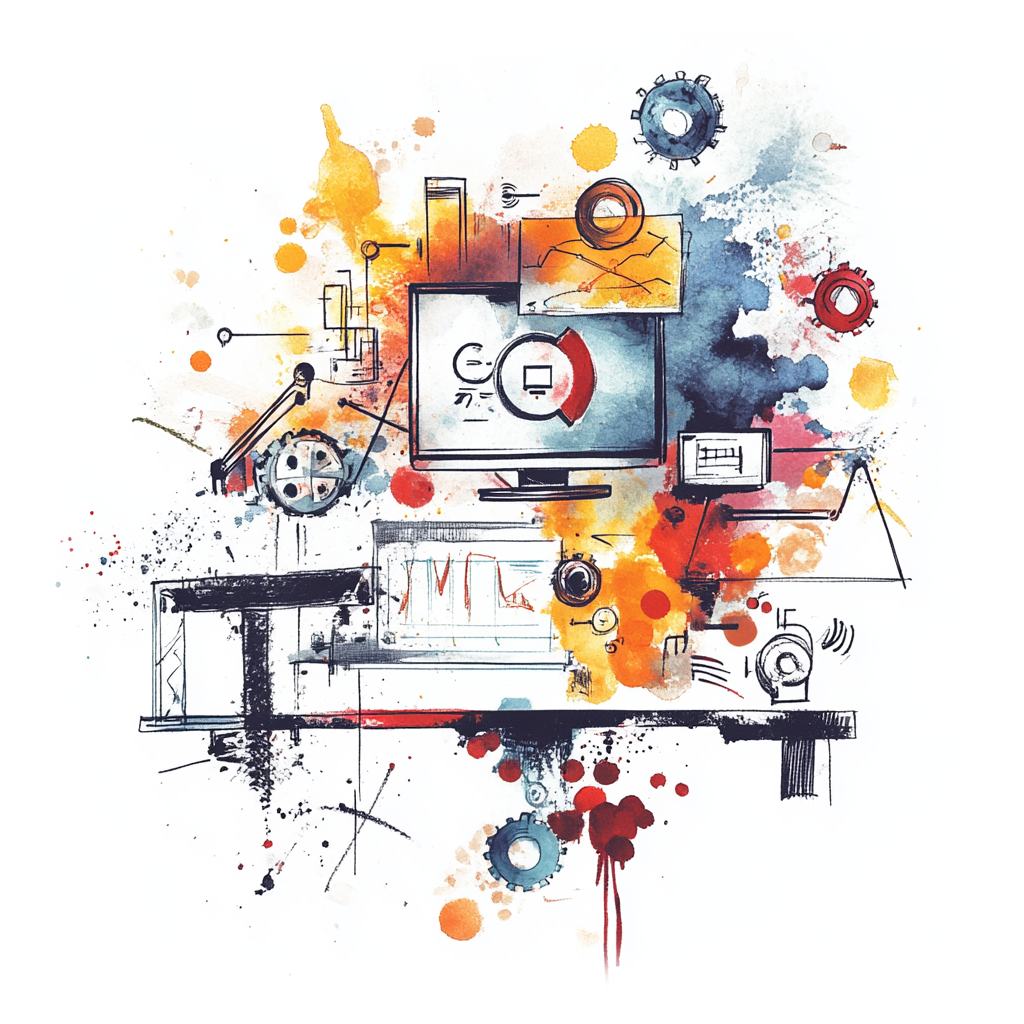Leveraging Self-Owned AI in Footwear
Learn how Footwear companies can leverage self-owned AI to enhance their operations and drive innovation.

How Upstream Operators in the Footwear Industry Can Harness the Power of Their Own AI
The footwear industry isn't just about creating stylish shoes anymore; it's about innovating and streamlining processes at every level. As upstream operators, your role is crucial—you're the backbone that ensures materials are sourced, production runs smoothly, and the end product meets quality standards. But what if you could amplify your efforts with the help of your own AI? Yes, that’s right! Imagine having a smart assistant that’s tailored specifically to your needs.
Real-World Use Cases
Let’s explore some eye-opening ways your own AI can transform your operations in the footwear industry:
1. Material Sourcing
Finding the right materials is essential to creating footwear that not only looks good but can also withstand the test of time. Your AI can scan thousands of supplier databases, helping you pinpoint the best options based on price, quality, and sustainability—faster than any human could ever hope.
2. Quality Control
Mistakes can be costly in the footwear business. Your AI can analyze production data in real-time, allowing you to spot defects before they become a problem. Imagine an AI that monitors the production line and sends alerts if it detects inconsistencies. This could save you not just money, but also your reputation.
3. Demand Forecasting
Combining your data with external trends can be a game-changer. Your AI can analyze market trends, weather reports, seasonality, and buyer behavior to help you predict which shoes will be hot sellers before they even hit the shelves.
4. Supplier Relationship Management
Managing relationships with suppliers can be daunting. Your AI can keep track of communications, deadlines, and compliance, making it easier to stay on top of things and build long-term partnerships.
5. Sustainability Efforts
Consumers are increasingly concerned about sustainability. Your AI can help analyze your supply chain to find inefficiencies and suggest improvements, ensuring that you not only meet customer expectations but also reduce your carbon footprint.
The Benefits of Having Your Own AI
So why consider investing in your own AI? Here are some reasons that can hardly be ignored:
-
Tailored Solutions: General AIs out there might not understand the unique challenges of the footwear industry. Your own AI will be made specifically for your operations, offering insights that resonate with your objectives.
-
Data Privacy: With everything self-hosted, you control your data. You won't have to worry about sharing sensitive information with third-party providers.
-
Cost Efficiency: Over time, an AI can significantly lower operational costs by optimizing processes and minimizing waste. It’s a long-term investment that pays off.
-
Scalability: As your business grows, your AI can grow with you. Need it to tackle additional tasks? No problem—simply update or train it to meet new challenges.
-
Enhanced Decision Making: By leveraging data, your AI can provide actionable insights that empower you to make informed decisions—rather than relying on guesswork.
Steps to Getting Started
Thinking that sounds great but unsure how to dive in? Here’s a practical roadmap for bringing your own AI into the picture:
Step 1: Define Your Needs
Before jumping into a solution, take the time to outline your specific goals and challenges. Identify areas where an AI could make a real impact.
Step 2: Gather Data
Your AI is only as good as the data it learns from. Start collecting data from your production processes, supplier information, customer interactions—whatever you can gather.
Step 3: Choose a Technology Partner
Look for a software development firm that specializes in AI solutions. Ensure they have experience working with the footwear industry, as they’ll know the intricacies involved.
Step 4: Develop and Customize Your AI
Work closely with your chosen partner to develop an AI that meets your specific needs. This will involve training it with your data and fine-tuning it to ensure it understands your challenges.
Step 5: Pilot and Iterate
Before a full-scale launch, pilot your AI in a limited capacity. Monitor its performance closely and make adjustments as necessary. This phase is crucial for ensuring compatibility and effectiveness.
Step 6: Full Rollout and Training
Once you’re satisfied with the pilot, roll it out across your operations. Make sure your team is trained on how to use it effectively—after all, an AI is only as powerful as the humans behind it.
Conclusion
The world of footwear is changing, and with it, the approach to design and production. By integrating your own AI into your operations, you open the door to unparalleled efficiency and innovation. It’s time to think beyond conventional methods and embrace the future—a future where your business can truly soar with the support of technology tailored just for you.
The journey won't be without its challenges, but the potential rewards are worth it. So, gear up and take the first step toward harnessing the transformative power of your own AI today!
